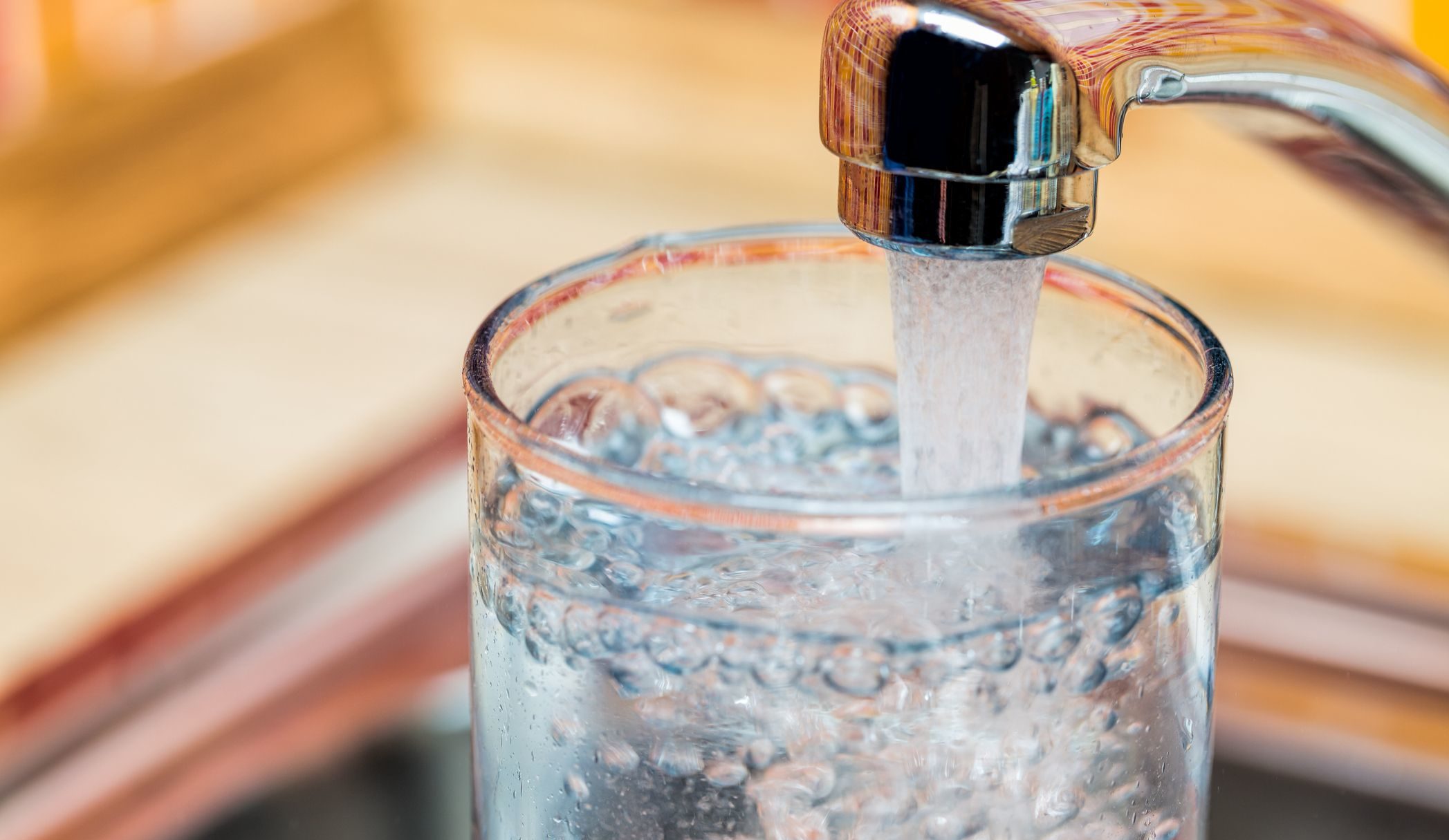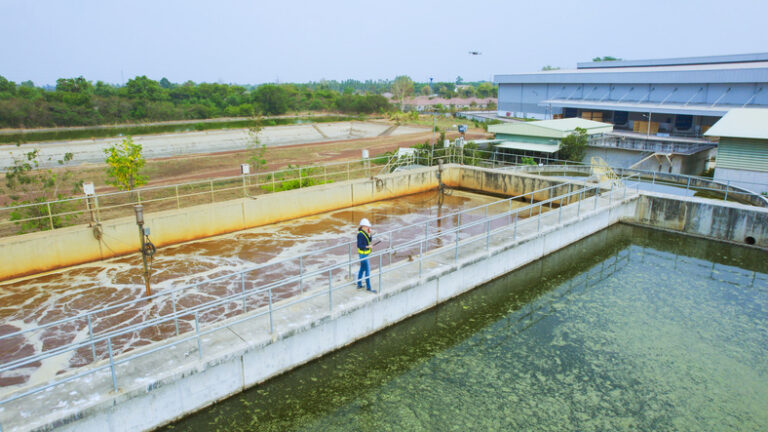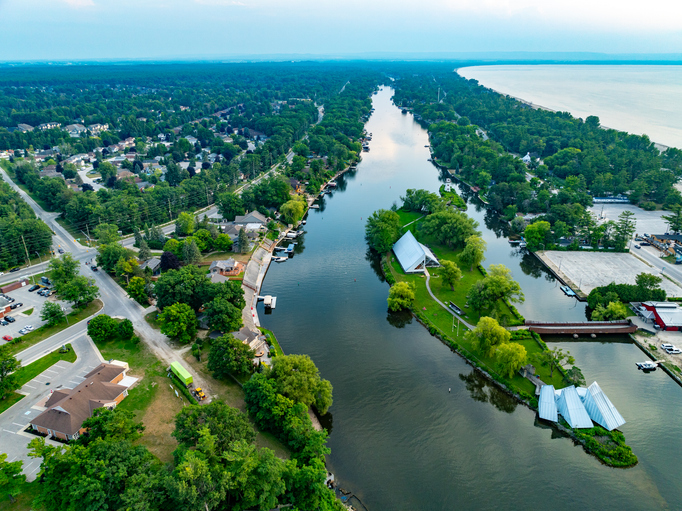1. Government of Canada Announces New Investments for Clean Drinking Water in First Nations Communities
While most Canadians have reliable access to clean drinking water, many First Nation communities still face pressing water issues; something that has been further exacerbated by the COVID-19 pandemic. To ensure that First Nations have reliable access to safe drinking water, the Government of Canada announced more than $1.5 billion in additional investments to accelerate work that will lift all long-term drinking water advisories on reserves.
“In 2015, this government began working with First Nations communities to improve access to safe drinking water,” said Marc Miller, minister of Indigenous services.
“We will not stop until all long-term drinking water advisories on public systems on reserves are lifted and all First Nations communities on reserves have reliable access to clean and safe drinking water now and into the future,” added Miller. “Today’s announcement makes tangible commitments to support stable and reliable infrastructure, in communities, and so for years to come.” Read the full story here.
2. CWWA Provides Guidance for Reopening Buildings After Prolonged Shutdown
Many buildings—such as offices, schools, and restaurants—across Canada were closed for a prolonged period of time in response to the COVID-19 crisis. As buildings started to reopen, stagnant water needed to be flushed to minimize health risks. CWWA prepared guidance documents that water utilities and property owners could use prior to the reopening of their communities.
“When buildings are closed or on low occupancy for any prolonged period, water in the building becomes stagnant and can pose serious health risks,” according to the Canadian Water and Wastewater Association (CWWA). Read the full story here.
3. Brandon, Manitoba Activates Pandemic Preparedness Plan for Water Treatment Facility
The Brandon Emergency Response Control Group made a decision to activate its pandemic preparedness plan at its municipal water treatment facility.
This decision was made to help ensure that the plant could continue to safely produce potable water for residents, institutions, and businesses. Read the full story here.
4. New Requirements for Drinking Water Treatment Units Seeking Lead Reduction Certification
A joint committee, which governs the NSF/ANSI 53 and NSF/ANSI 58 standards for drinking water treatment units, lowered the maximum acceptable concentration of lead in treated drinking water to five parts per billion.
As a result, the requirements for meeting Standards 53 and 58 were made more stringent. Previously, a water treatment system could be certified by NSF International if it reduced lead to 10 parts per billion or lower and met other requirements set by the standard, such as material safety and structural integrity. These other requirements remain unchanged. Read the full story here.
5. Atlantic First Nations Water Authority and ISC Sign Framework Agreement
The responsibility of water and wastewater services for 15 First Nations communities in Atlantic Canada will be transferred from Indigenous Services Canada (ISC) to the Atlantic First Nations Water Authority (AFNWA).
The path was created by a new framework agreement, the first of its kind for a First Nations-led water authority in Canada, according to an announcement made by Indigenous Services Minister Marc Miller and the AFNWA.
“With this framework agreement, Canada and the Atlantic First Nations Water Authority are taking an important step to renew the relationship with Indigenous peoples by putting control of essential services delivery rightly into the hands of First Nations,” said Minister Marc Miller. Read the full story here.











